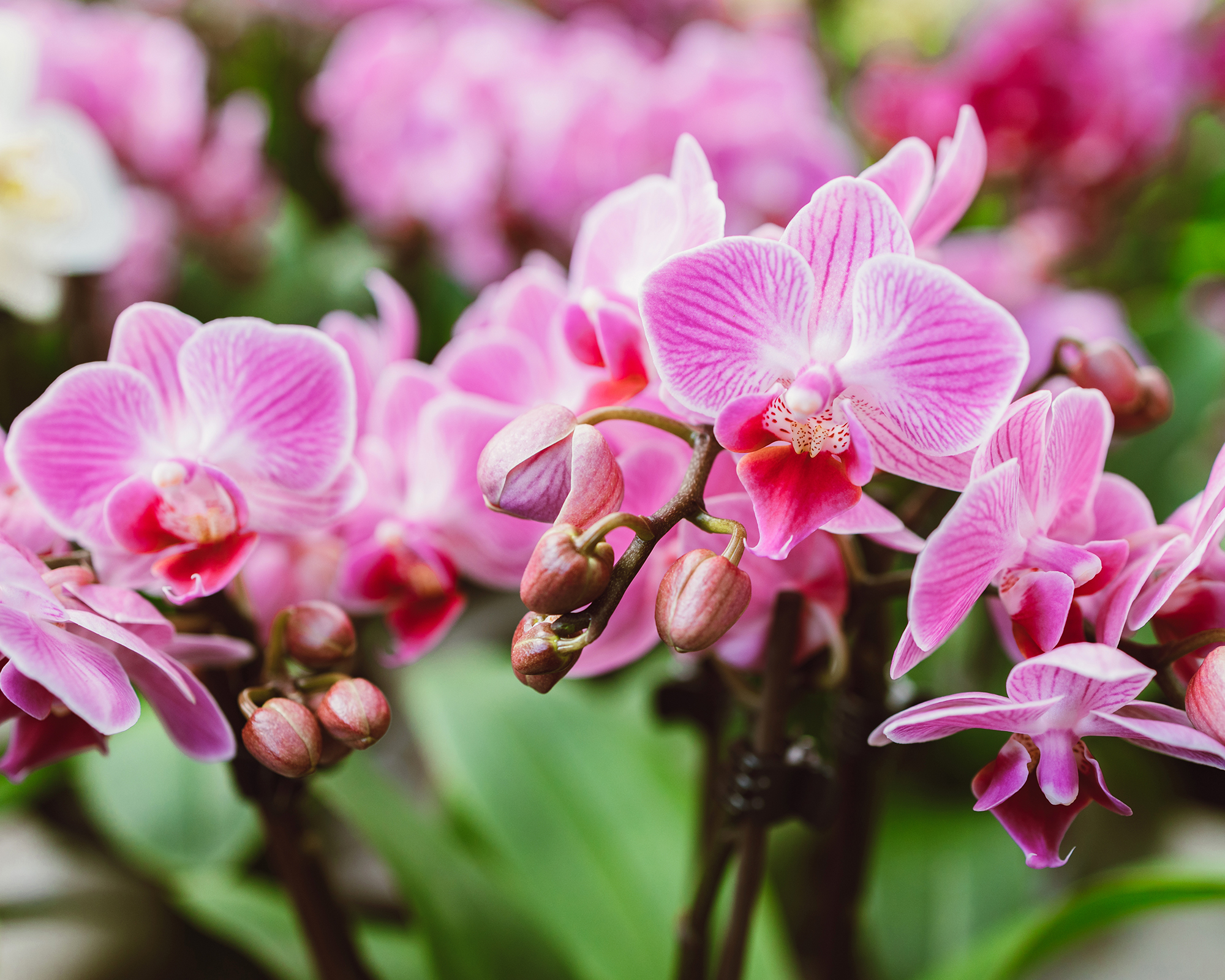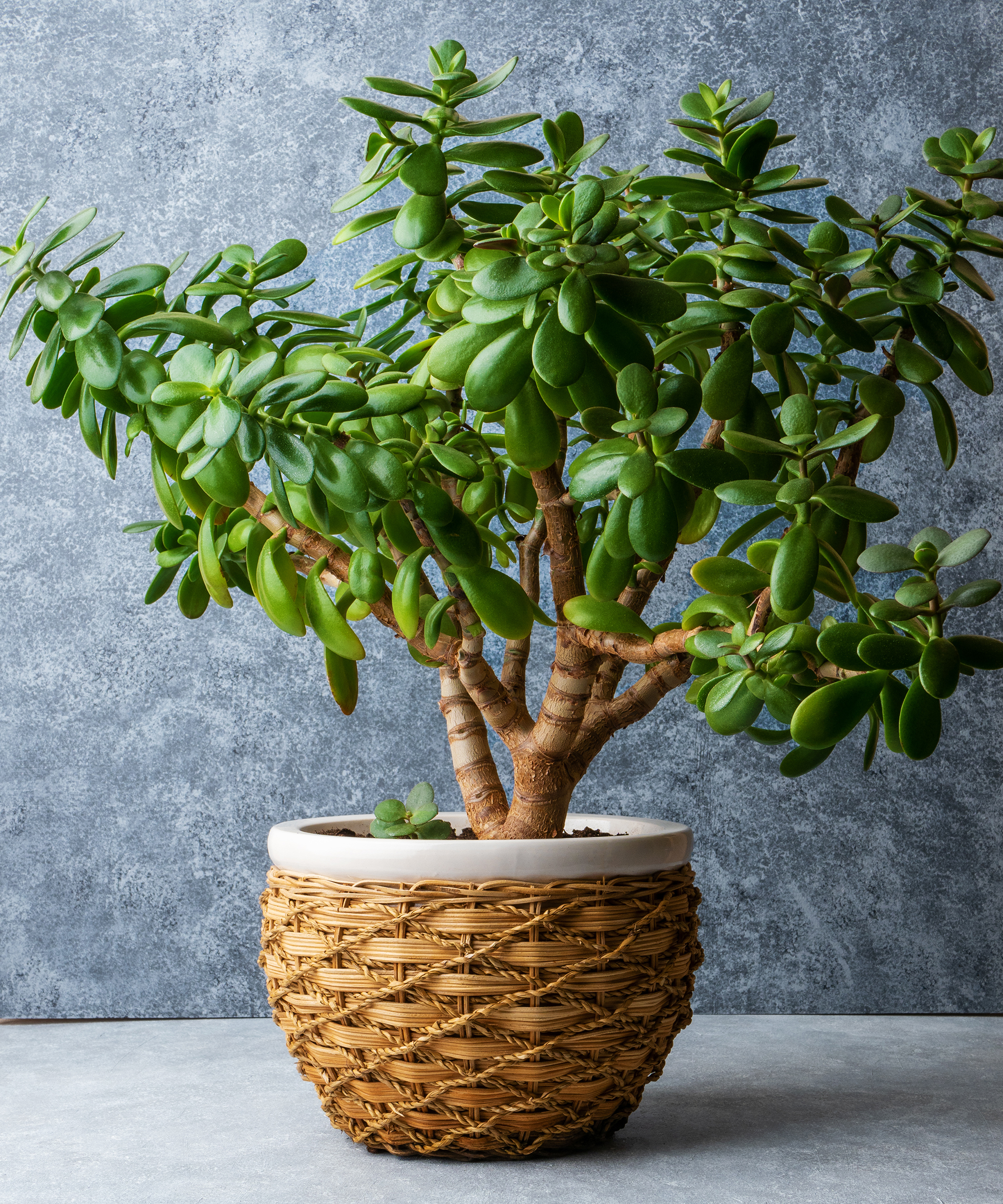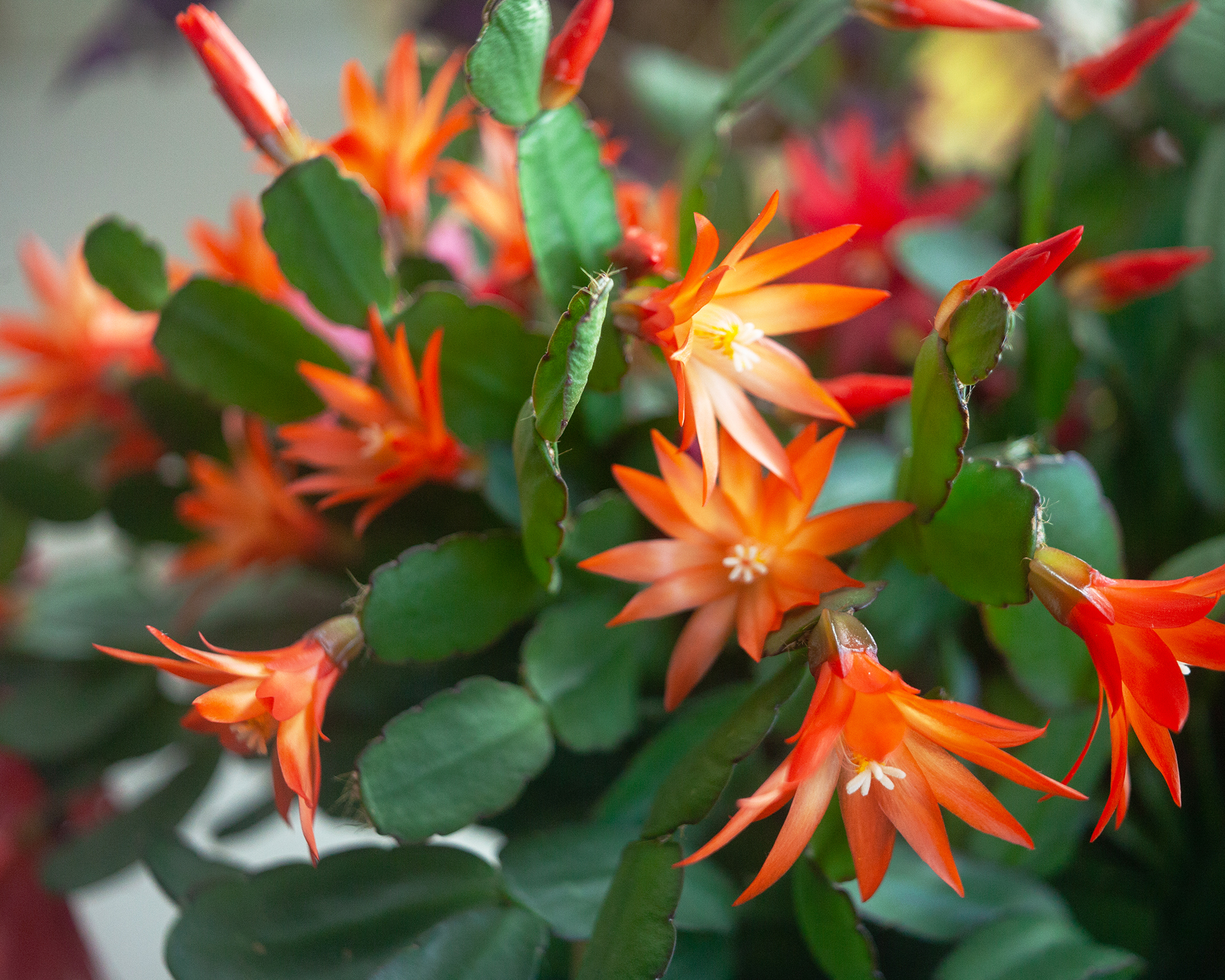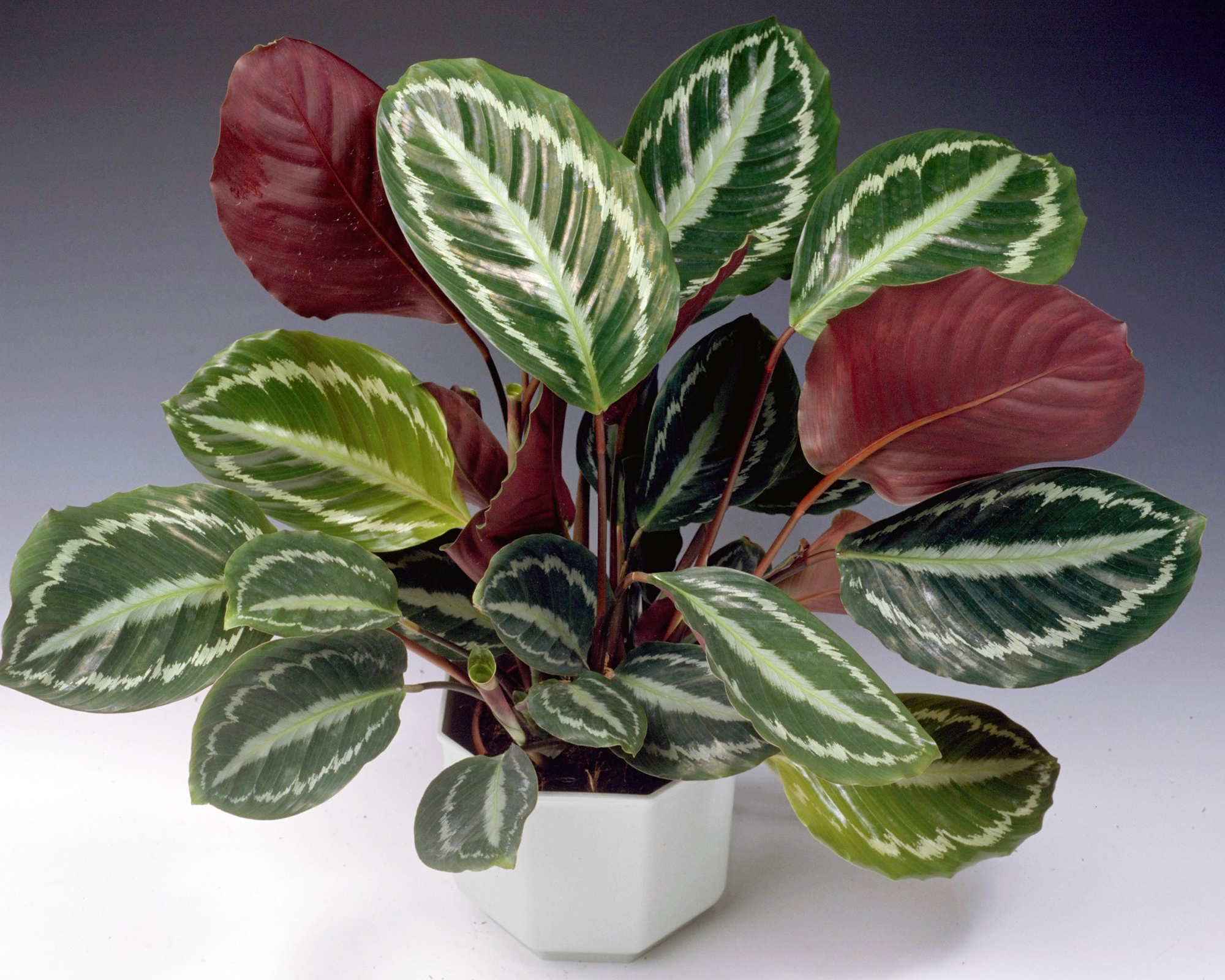7 Houseplants Not Worth The Hassle: Should You Avoid These High-Maintenance Houseplants?
Whether you are a beginner indoor gardener or an experienced grower seeking a challenge, get ready to avoid or embrace these diva houseplants

Amy Draiss
Houseplants are so rewarding to nurture and grow, and are beneficial to the home environment. But, some are easier to grow than others.
All houseplants have their own optimum growing conditions, so if your home’s indoor microclimate doesn’t naturally provide these, then you will constantly be working to recreate their native environment.
However, while many plants can adapt to new surroundings, challenging houseplants are fussier when it comes to temperature, light, location, and humidity.
If you are a beginner plant parent – or simply don’t want the hassle of a high-maintenance houseplant – then it’s best to steer clear of a demanding variety.
Conversely, if you want to take your indoor garden to the next level, then these challenging houseplants should be top of your shopping list.
1. Orchids

Prized for their exotic flowers, orchids are one of the most popular houseplants to give as gifts. However, they have a reputation for being finicky.
Common orchid problems include failure to rebloom, yellowing and dropping leaves, and blackening roots.
Sign up for the Gardening Know How newsletter today and receive a free copy of our e-book "How to Grow Delicious Tomatoes".
These delicate beauties still deserve a spot in your indoor plant collection, though, as they are not actually high maintenance – they simply have different care needs to other plants.
Orchids hail from tropical environments, and replicating their natural habitat in an average home can be tricky.
They need bright, filtered light, plenty of humidity, and, depending on the types of orchids you choose, a tepid to warm room temperature.
Perhaps surprisingly, overwatering is the most common cause of death. In an overzealous attempt to take care of orchids, many indoor gardeners drown them with constant sousings.
Unfortunately, failure to achieve the correct orchid water requirements can cause the plant’s roots to go soggy, mushy and black, eventually killing it.
If you want to keep your orchid alive and healthy, do not water it on a set schedule. Keep an eye on your plant and only water when the potting mix is approaching the dry side. If the orchid is planted in a clear pot, it’s easier to see whether the plant is still moist, as there will be condensation present.
You can water from either the top or the bottom, just be sure to keep water away from the crown of the plant to avoid crown rot.
If you have figured out its watering requirements but the plant is still struggling, then you may need to boost humidity with a pebble tray or humidifier. Misting the plants daily is helpful.
2. Jade

Featuring distinctive foliage and symbolizing joy, friendship, and prosperity, jade plants make popular housewarming gifts. This succulent is also one of the most enduring houseplants, with a potential lifespan of 50-100 years.
Unfortunately, many indoor gardeners fail to achieve anything close to this as they struggle with the plant’s specific care requirements.
Much like orchids, jades have a sweet spot when it comes to watering and lighting – not too little; not too much. There are also some common pests of jade plants, such as spider mites.
Getting a jade plant to bloom particularly requires mimicking its native conditions.
Overwatering will cause the leaves to drop or wrinkle, and ultimately lead to stem rot, while underwatering can result in dwarfed plants, leaf loss, spots on leaves, and plant death.
Allow the top inch of soil to dry out between waterings – push your finger down into the soil to test it.
The plants also require fertilizing every two months with a water-soluable flowering houseplant fertilizer during their growing phase, from early spring to late autumn.
Ideally jade plants like a warm and mild climate. Keep them at a room temperature of between 65-75°F (18-24°C) – although they will usually tolerate being warmer than this. Protect the plant from drafts and sudden temperature fluctuations.
Jade plants need full sun in order to grow properly, otherwise they may become stunted and leggy, requiring pruning. Ultimately you want to position your plant on a south-facing window, but they need to transition to this gradually to prevent scorching. Start by positioning your plant in indirect sunlight, then gradually move to full sun.
3. African violet

Many people find growing African violets a challenge because the plants are picky when it comes to watering and lighting, and can be affected by common pests.
However, the plants are so pretty and charming that many indoor gardeners are keen to try.
The main thing to know about African violets is that they despise soggy soil. Overwatering is the worst thing you can do, as it leads to root rot and the plant’s untimely death.
Before reaching for the watering can, test the potting mix with your finger. If the potting mix feels moist, try again in a few days. It should be slightly dry before watering, but never bone dry.
It’s beneficial to water an African violet from above once in a while to leach out salts. However, it’s best to water it from the bottom most of the time. Simply place the pot in a container with no more than an inch of water. Remove it from the water after about 20 minutes, or until the potting mix is moist. Never let the pot stand in water for long periods.
Fertilize African violets in the spring, when they are in active growth, using a balanced water-soluble fertilizer.
African violets are also very sensitive to abrupt changes in light conditions. As they grow naturally under the canopy of larger plants, a spot with bright, indirect light, away from direct sunlight, would be ideal.
Direct sunlight can cause leaf burn which is evident through brown or yellow patches along the leaf.
Other changes in the leaf surface, such as discoloration, deformed growth and even reduced flowering, is often caused by insects such as spider mites or aphids.
Early detection is your best defence. Once found, you can gently rinse the plant with water to hopefully dislodge and remove the pests, use sticky traps nearby or, if necessary, apply pest control measures such as insecticidal soap.
4. Christmas cactus

There are some holiday cactus differences, but essentially the Christmas, Thanksgiving and Easter cactus all share similar care requirements. They are named after the time of year they bloom, and are popular houseplant purchases around the holidays.
All three plants come in a variety of colors, although red to fuchsia are the most common.
While they have a reputation for being difficult to look after, holiday cacti are fairly easy to grow and will bloom annually as long as they are given the correct lighting and temperature levels. They should also never be overwatered, as Christmas cactus root rot can be a death sentence for the plant.
Extreme temperature fluctuations can cause bud drop, and their foliage often turns a shade of purple in the wrong light environment.
To keep these plants happy and healthy, position them in indirect light, not direct sun, allow the soil to dry out slightly between waterings, and provide an environment high in humidity.
Christmas cactus feeding takes place monthly during the growing season, generally April through October.
To make a Christmas cactus bloom, the plant needs to go through a dormancy cycle. About 6-8 weeks before you want it to flower, you should cut back on watering and reduce both light and temperature. The plant should receive 12-14 hours of darkness per day, with an average temperature of 50-55 degrees Fahrenheit.
Once the flower buds appear, slowly acclimate it back to its original location and resume normal care.
5. Fiddle leaf fig

The biggest diva of the plant world, the fiddle leaf fig is truly one of the hardest houseplants to keep alive.
However, as one of most attractive tree-like houseplants – with its large leaves lending a tropical feel to a room – it is a popular choice.
The fiddle leaf fig does not like drafts, soil that is too wet or too dry, nor too much or too little light. In addition, the plant is prone to certain insects and disease.
Use a pot and potting soil that provide excellent drainage, and place the plant in a draft-free spot where it will receive bright, indirect light exposure. Too much sunlight can easily burn the leaves.
The worst thing you can do to fiddle leaf fig trees is to overwater them, so don’t add water until the top inch of soil is dry to the touch. Then, give the soil a thorough watering and allow the excess water to drain away.
Repotting fiddle leaf fig plants is necessary every year or two – move up one pot size when you see roots emerging from the pot.
It is also wise to regularly wipe their large leaves gently with a damp cloth to remove dust. Clean leaves facilitate better light absorption.
This wiping method is effective in eliminating common pests like mealy bugs, scale, mites, whiteflies, and aphids. If insects are present, just wipe the affected areas with a soapy, wet rag.
6. Calathea

There are several different calathea varieties sold as houseplants, including Calathea makoyana, known as the peacock plant, or Calathea zebrina, known as the zebra plant.
What these bold, leafy plants have in common is that many indoor gardeners find them challenging to grow.
Not only do calathea prefer high humidity levels, but they are also sensitive to direct sunlight and overly wet soil. Meanwhile, any sudden changes to their environment can result in stress and leaf issues.
To maximize your chances of success, start with a well-aerated, well-draining potting mix to prevent waterlogged roots.
Position the plant in a draft-free spot with partial shade to prevent leaf scorch – a curtain-filtered window is ideal.
Another crucial element to growing calathea is humidity. Insufficient humidity can lead to crispy leaf edges, particularly in dry indoor environments.
To increase humidity for houseplants, mist the leaves regularly and place a tray of water nearby. Grouping plants together also enhances humidity.
7. Indoor ferns

Growing ferns indoors adds lushness and texture to a space, and helps to purify the air. The plants are highly prized in interior design for their lacy fronds and delicate foliage.
However, even the best types of ferns to grow indoors, such as Boston fern or the rabbit’s foot fern can be high maintenance.
The main reason they are hard to grow is because they have high watering needs. Ferns need consistently moist soil along with a humid environment to remain in good health.
Water your fern as soon as the top of the soil feels dry – but don’t overwater, as the plants don’t like to be soggy. Shedding leaves is a sign that the plant is too low on water.
When watering it’s best to allow tap water to off gas and come to room temperature, as some ferns are sensitive to chlorine.
Regular misting of the plant along with a pebble tray of water is helpful to improve humidity, though a humidifier, with levels at 30-50 percent, will give better results. Browning and yellowing of the tips of the leaves indicates humidity is too low.
Position of ferns is also important. They need bright, indirect light, but avoid direct sunlight, which can lead to brown leaf tips.
Fertilizing indoor ferns is best done every month throughout the growing season, and every other month during fall and winter.
Growing indoor ferns successfully can be greatly rewarding. However, even if you do everything right, you may still end up with discolored or blemished fronds.
Remove these damaged fronds regularly to encourage new growth and maintain the fern's overall health and appearance.

Melanie is an experienced gardener and has worked in homes and gardens media for over 20 years. She previously served as Editor on Period Living magazine, and worked for Homes & Gardens, Gardening Etc, Real Homes, and Homebuilding & Renovating. Melanie has spent the last few years transforming her own garden, which is constantly evolving as a work in progress. She is also a passionate organic home grower, having experimented with almost every type of vegetable at some point. In her home, Melanie tends to an extensive houseplant collection and is particularly fond of orchids.
- Amy DraissDigital Community Manager